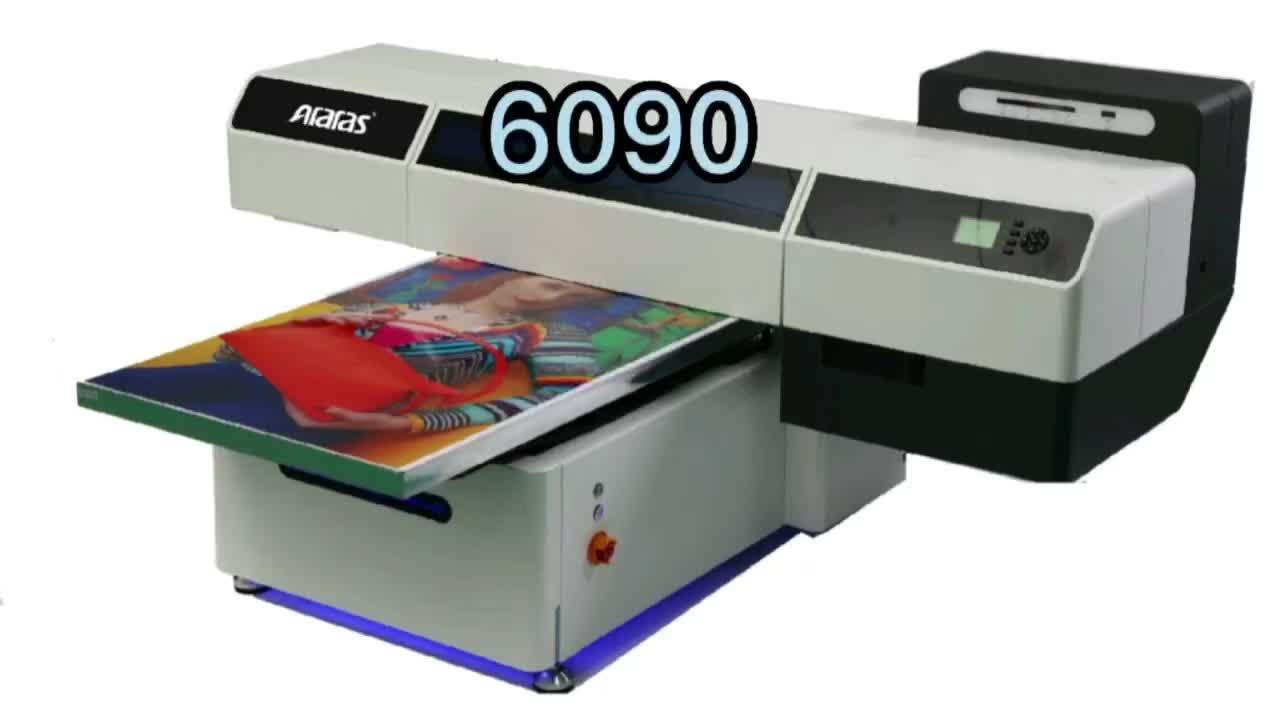This technology opens up a world of possibilities, especially when it comes to printing on wood. Here’s a closer look at what UV printing on wood entails, its benefits, applications, and the process involved.
The Process of UV Printing on Wood
UV printing on wood involves a few key Printer on wood steps. Initially, the wood surface is prepared to ensure it is clean and smooth. Any dust or debris can affect the quality of the print. Once the wood is prepped, a UV printer uses specialized inks that are designed to adhere to non-porous surfaces like wood. During the printing process, the printer emits UV light, which instantly cures the ink. This immediate drying process prevents the ink from spreading or bleeding, resulting in sharp, vibrant images.
Benefits of UV Printing on Wood
One of the most significant advantages of UV printing on wood is its ability to produce high-quality, durable prints. Since the ink is cured instantly, it forms a robust bond with the wood surface, making the print resistant to scratches, fading, and wear. This durability is particularly beneficial for items that will be handled frequently or exposed to the elements, such as signage, furniture, or decorative pieces.
Moreover, UV printing is eco-friendly. The inks used in UV printing are free from volatile organic compounds (VOCs), which are harmful to both the environment and human health. The absence of VOCs means there are no toxic fumes released during the printing process, making it a safer choice for workers and the environment.
Another notable benefit is the versatility in design. UV printing can reproduce intricate details and a wide range of colors, allowing for complex designs and photo-quality prints. This precision is ideal for custom pieces, artwork, and branding materials where high fidelity and vibrant colors are crucial.
Applications of UV Printing on Wood
The applications of UV printing on wood are vast and varied. In the realm of interior design, UV-printed wood can be used for custom wall art, decorative panels, and personalized furniture. The ability to print directly onto wood allows for unique, one-of-a-kind pieces that add character and individuality to any space.
In the commercial sector, businesses can utilize UV printing for branding and marketing materials. Custom signage, promotional items, and point-of-sale displays made from wood can be UV printed to create visually striking and durable marketing tools. This method is especially advantageous for creating cohesive branding across different mediums and products.
Additionally, UV printing on wood is popular in the manufacturing of awards and recognition plaques. The high-quality finish and durability of UV prints make them ideal for creating items that are meant to be displayed and cherished for years.
The Future of UV Printing on Wood
As technology advances, the capabilities and efficiency of UV printing continue to improve. Future developments may include even more precise printing, faster curing times, and a broader range of compatible materials and inks. These advancements will likely make UV printing an even more attractive option for a wide array of industries and applications.
Moreover, as sustainability becomes an increasingly important consideration, the eco-friendly nature of UV printing will position it as a preferred method for environmentally conscious companies and consumers. The ability to produce durable, high-quality prints without harmful emissions aligns with the growing demand for sustainable practices in manufacturing and design.
Conclusion
UV printing on wood is a game-changer in the printing industry, offering unparalleled quality, durability, and versatility. Its eco-friendly nature, combined with the ability to produce detailed and vibrant prints, makes it a standout choice for a wide range of applications, from interior design to commercial branding. As technology continues to evolve, the potential for UV printing on wood will only expand, promising exciting possibilities for creative expression and sustainable practices.

